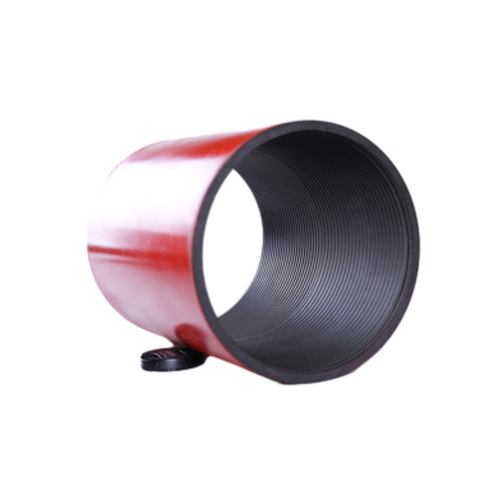- Afrikaans
- Albanian
- Amharic
- Arabic
- Armenian
- Azerbaijani
- Basque
- Belarusian
- Bengali
- Bosnian
- Bulgarian
- Catalan
- Cebuano
- Corsican
- Croatian
- Czech
- Danish
- Dutch
- English
- Esperanto
- Estonian
- Finnish
- French
- Frisian
- Galician
- Georgian
- German
- Greek
- Gujarati
- Haitian Creole
- hausa
- hawaiian
- Hebrew
- Hindi
- Miao
- Hungarian
- Icelandic
- igbo
- Indonesian
- irish
- Italian
- Japanese
- Javanese
- Kannada
- kazakh
- Khmer
- Rwandese
- Korean
- Kurdish
- Kyrgyz
- Lao
- Latin
- Latvian
- Lithuanian
- Luxembourgish
- Macedonian
- Malgashi
- Malay
- Malayalam
- Maltese
- Maori
- Marathi
- Mongolian
- Myanmar
- Nepali
- Norwegian
- Norwegian
- Occitan
- Pashto
- Persian
- Polish
- Portuguese
- Punjabi
- Romanian
- Russian
- Samoan
- Scottish Gaelic
- Serbian
- Sesotho
- Shona
- Sindhi
- Sinhala
- Slovak
- Slovenian
- Somali
- Spanish
- Sundanese
- Swahili
- Swedish
- Tagalog
- Tajik
- Tamil
- Tatar
- Telugu
- Thai
- Turkish
- Turkmen
- Ukrainian
- Urdu
- Uighur
- Uzbek
- Vietnamese
- Welsh
- Bantu
- Yiddish
- Yoruba
- Zulu
coupling tube fitting
Understanding Coupling Tube Fittings A Comprehensive Guide
Coupling tube fittings are essential components in various engineering and industrial applications. These fittings play a critical role in connecting two or more tubes securely, allowing for the seamless transfer of fluids and gases. This article delves into the significance, types, applications, and installation considerations of coupling tube fittings.
What are Coupling Tube Fittings?
Essentially, coupling tube fittings are mechanical devices used to join tubes together. They serve as an interface between pipes or tubes that may transport fluids, gases, or even slurries. Couplings can be used in a myriad of applications where leakage prevention and securing a stable connection are paramount. These fittings vary in design, materials, and sizes, catering to the diverse needs of different industries.
Types of Coupling Tube Fittings
There are several types of coupling tube fittings, each designed for specific applications. The most common types include
1. Compression Fittings These are popular for connecting copper, plastic, or aluminum tubing. Compression fittings create a tight seal through a compression mechanism, which can effectively prevent leaks. They are widely used in plumbing and refrigeration applications.
2. Welded Fittings As the name implies, these fittings are joined by welding the tubes together. This method provides strong, permanent connections that are highly resistant to pressure and temperature fluctuations. Welded fittings are often found in high-pressure systems, such as those in the oil and gas industry.
3. Flared Fittings Used primarily with soft metals like copper, flared fittings involve creating a flared end on the tubing that fits neatly into the fitting, creating a tight seal when tightened. This type is commonly used in automotive applications, particularly in fuel lines.
4. Push-to-Connect Fittings Growing in popularity due to their ease of installation, push-to-connect fittings simply require the tube to be pushed into the fitting for a secure connection. They are often used in pneumatic and hydraulic systems.
Applications of Coupling Tube Fittings
Coupling tube fittings are employed across a wide range of industries, reflecting their versatility and reliability. Some notable applications include
coupling tube fitting

- Automotive Industry In vehicles, coupling tube fittings are used in fuel lines, cooling systems, and brake lines, playing a crucial role in ensuring safety and efficiency
.- Manufacturing In industrial settings, these fittings are used in conveyors, pneumatic systems, and hydraulic machinery, facilitating the smooth operation of equipment.
- Plumbing Coupling fittings form the backbone of plumbing systems, ensuring that water and waste management are handled efficiently and safely.
- Aerospace In the aerospace sector, tube fittings are employed in fuel systems, hydraulic systems, and pressure control, where reliability is critical.
Installation Considerations
When installing coupling tube fittings, several considerations should be observed to ensure a leak-proof and durable connection
1. Compatibility of Materials It’s essential to choose fittings that are compatible with the tubes being used, as different materials can respond differently to temperature changes, pressure, and corrosion.
2. Correct Size Using the right size of fittings is crucial. Mismatched sizes can result in weak connections, leading to leaks or system failures.
3. Proper Tools Using the appropriate tools during installation will help ensure a secure and reliable connection. For instance, torque wrenches may be necessary for certain fittings to ensure they are tightened to the correct specification.
4. Maintenance and Inspection Regular checks and maintenance can prevent potential issues arising from wear and tear. Look for signs of leaks or corrosion, and replace any fittings that show significant wear.
Conclusion
Coupling tube fittings are invaluable components that facilitate fluid and gas transfer in various applications. Understanding their types, applications, and installation considerations can help users make informed decisions for their specific needs. Whether in plumbing, manufacturing, or automotive applications, the reliability of coupling tube fittings ensures the smooth and safe operation of systems that rely on precise tube connections.
-
Tubing Pup Joints: Essential Components for Oil and Gas OperationsNewsJul.10,2025
-
Pup Joints: Essential Components for Reliable Drilling OperationsNewsJul.10,2025
-
Pipe Couplings: Connecting Your World EfficientlyNewsJul.10,2025
-
Mastering Oilfield Operations with Quality Tubing and CasingNewsJul.10,2025
-
High-Quality Casing Couplings for Every NeedNewsJul.10,2025
-
Boost Your Drilling Efficiency with Premium Crossover Tools & Seating NipplesNewsJul.10,2025







